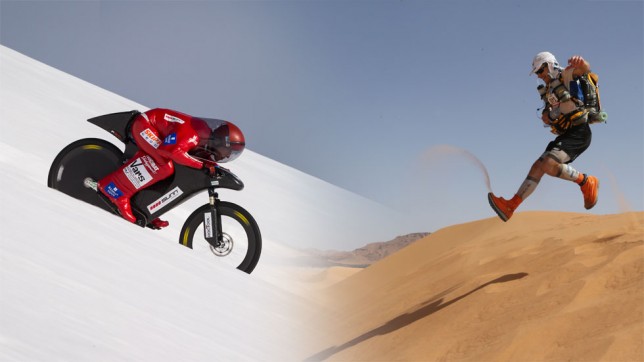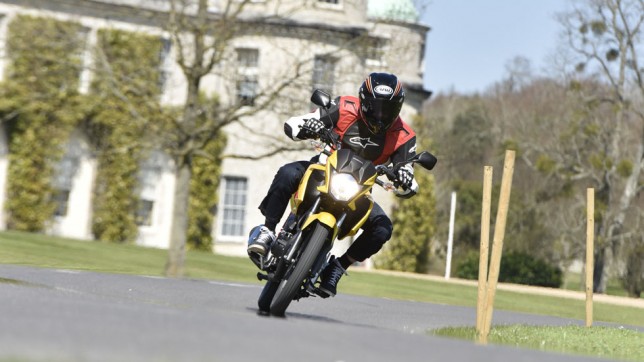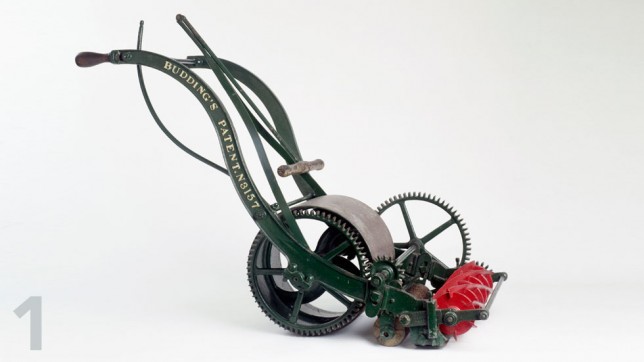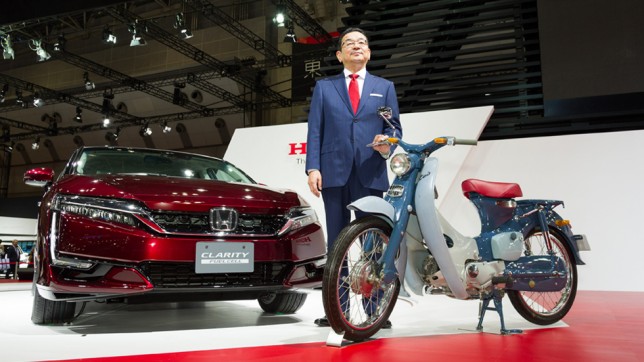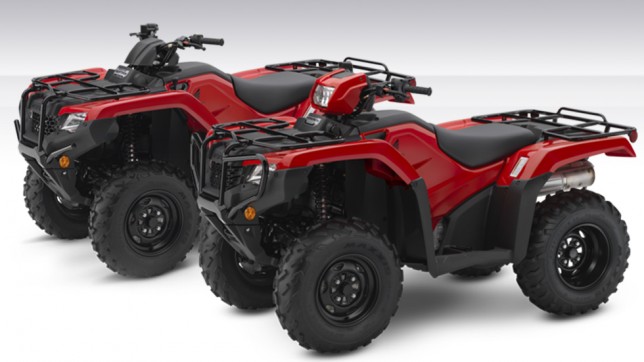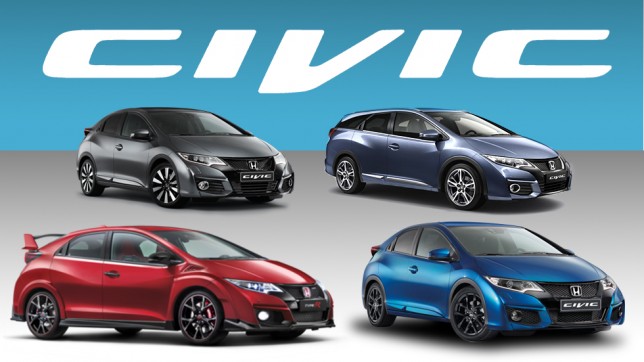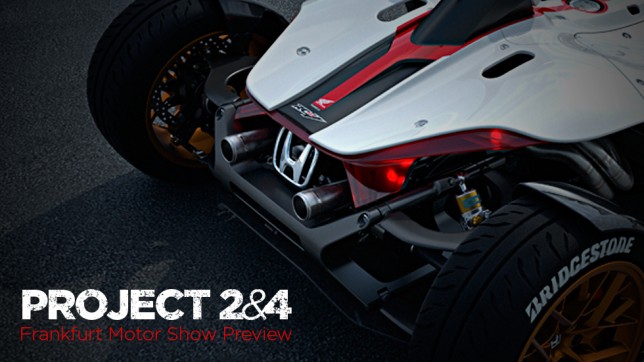For designers and engineers, Honda is an exciting place to work at the moment. There is a real sense of moving forward and listening to users who live with Honda products around the world, says Masaki Kobayashi who led the design team on the new HR-V. ‘Honda is a place where we use our will to create new values without being bound by the past,’ he says. ‘That is our driving force. The HR-V is a product of that thinking, that process.’ Here he gives a fascinating insight into the creative journey that led to Honda’s first crossover car: the new HR-V, a seamless blend of function and desirability.
How does the initial design direction of a new project like the HR-V take shape?
Well, we didn’t want to just create a downsized SUV. As you know Honda already has the CR-V, which combines the virtues of an SUV and a lighter, more nimble conventional car, so the HR-V needed to offer something different. For our target audience, we wanted it to be fun and youthful as well as sophisticated and mature.
The development team set a goal to create a new value, or theme, from the start of the project. The idea was to incorporate high eye-point and toughness – core values of SUV – with a new level of emotion. So we came up with an exterior concept encapsulated by ‘Emotionality & Toughness’ and an interior concept called ‘Personal Cockpit & Expansiveness’. In some ways we wanted to fuse apparently conflicting values to create something fresh. It’s a true Crossover in that it has the fun dynamism of a coupé with the toughness and utility of an SUV and no compromise in any way.

High quality, a sense of space and a compact design were the conflicting ideas that Honda sought to achieve
How do you balance the values of space and versatility with those of dynamic design?
High-level spatial performance is another theme we set at an early stage of this project. It was very difficult to create the desired interior space, ease of use and sheer capaciousness with dynamic and emotional design. The process starts with the package designers who determine the space/layout of the vehicle and set the hard points. Then the exterior and interior designers take over to bring the concept to life within those hard points.
Of course it’s not so straightforward in reality! The designers and engineers discuss (you might even call them arguments!) everything on a millimetre level… what’s acceptable, where we can find new solutions, that sort of thing. For example exterior stylists always want the lowest, most aerodynamic and most daring roofline but this has to be balanced with the utility so central to the HR-V. During this process, as the leader of the project, my mediation skills are key!
Once those discussions are concluded then we can model the shapes…. We spent the longest time on this process, repeating the verification using full-scale models. This is where the design starts to come to life and we can experiment with shapes and forms that still let the interior space breathe but also create a tension and fluidity in the design. The time spent on this process leads to high accuracy, resulting in achieving our target. Fusion of a spacious cabin with good aerodynamics and a real Coupé-like flow to the top half of the shape and a strong, rugged lower body became the basis of HR-V’s dynamic form.

Inside the car has a luxurious sense of space
Is there one element of the HR-V you are particularly proud of?
Not just one element. What’s satisfying is that we were able to create a product with no compromise in terms of size, function and design. Therefore, I am proud of the entire vehicle. I suppose if I had to single out one theme it would be the contrast between the athletic shape and spacious, comfortable interior. That’s a big surprise when you open the door.
Even inside the HR-V has this dual personality… The driver feels at the centre of a personal cockpit. It’s intuitive but exciting and the clear visibility gives a greater sense of control. Yet we have the rear legroom and flexible cargo space of an SUV. Of course it is very safe, too. We know this car will be popular for those with young families, so safety was a key concern. Again the theme of fusion runs through the car. It also informs the car’s personality – we have a 100mm higher driving position than a conventional C-sector car yet still with a low centre of gravity to achieve agility. The aerodynamic shape also has tangible benefits, making the car slip more quietly through the air and also increasing fuel efficiency.
I think I can say that when the whole team – those overseeing function, performance and design – first saw the prototype vehicle together, we felt proud and special that we were able to realise our targets with this new car. I am proud to say that it possesses the elegance to look attractive in any scene and yet a sense of toughness at the same time. And, I believe my determination to make it look like a real ‘driver’s car’ was achieved.

The new HR-V has an athletic shape without compromising on comfort




